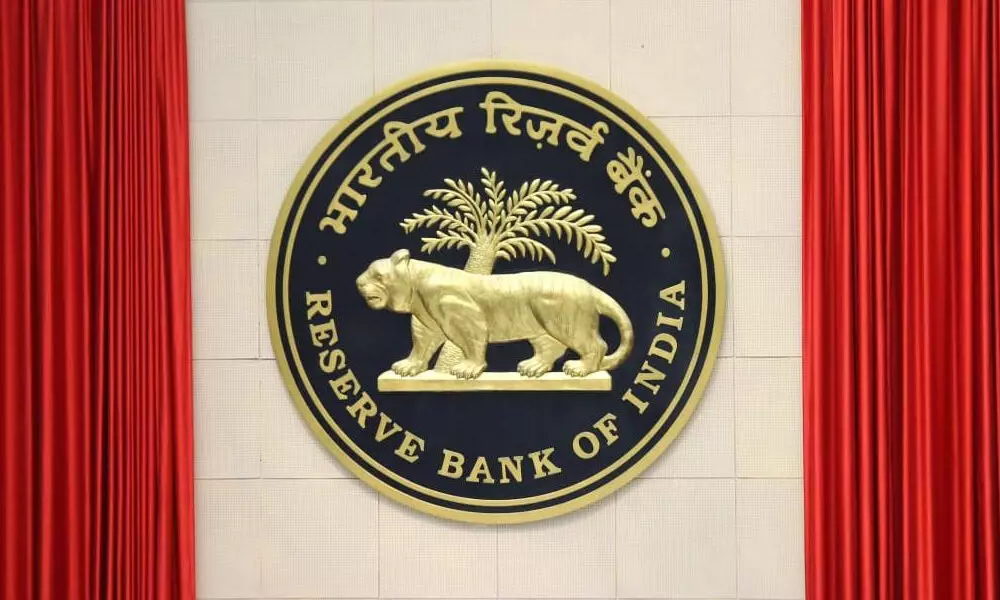High inflation may make rate cut difficult even in FY22
The Reserve Bank would have limited options for policy easing of interest rates as inflation would continue to remain at elevated levels in the current fiscal, analysts tracking the development have said.
image for illustrative purpose

New Delhi, Dec 15 The Reserve Bank would have limited options for policy easing of interest rates as inflation would continue to remain at elevated levels in the current fiscal, analysts tracking the development have said.
According to a research report by Emkay Global Financial Services, while inflation may have peaked, consistent supply shocks have meant the inflation series is estimated to average around 6.3 per cent in FY21. This is well above the RBI confront zone and would shape easing in FY22 for some policy action to come into play by the RBI.
According to the Emkay report, retail inflation is expected to trend towards 5.8 per cent by the end of March, 2021. However, the report said that favourable base effect, the wide output gap and rebalancing of effective demand-supply dynamics will further help inflation ease to 4.8 per cent by FY22.
The RBI has projected CPI inflation at 6.8 per cent for the third quarter, 5.8 per cent for the fourth quarter 2020-21; and 5.2 per cent to 4.6 per cent in H1 of 2021-22.
While growth concerns and sub-optimal fiscal response may keep the MPC's stance accommodative and liquidity adequate, the inflation trajectory still remains above four per cent in FY22 and thus, hints at dimming chances of further rate cuts in the coming year, the brokerage report said.
CPI inflation surprised in November 2020 with better-than-expected moderation at 6.93 per cent, driven by sharp easing in sequential food inflation, while core inflation was down marginally. Food inflation dropped to below 10 per cent, helped by easing in vegetables and cereals.
The seasonal easing in perishable vegetable inflation is likely to continue as suggested by high-frequency mandi prices, and should add further to the disinflationary momentum in food. However, cost-push factors like demand-supply mismatch, higher operational and labour costs, and higher administrative fuel costs continue to keep core inflation relatively stickier. November 20 core inflation eased mildly to 5.52 per cent with health, education, and transport costs weighing on it.

